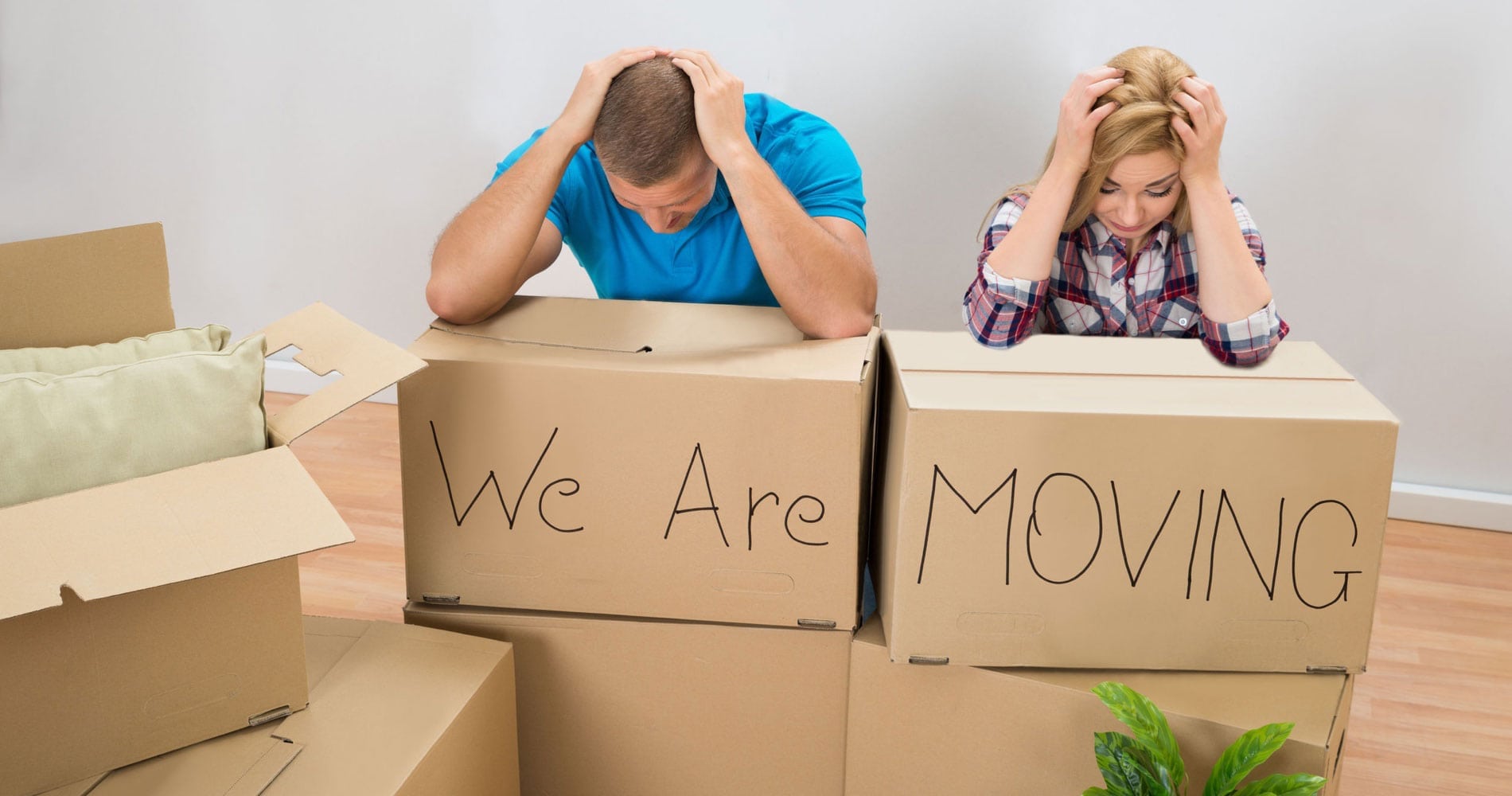The biggest battle during a move isn’t packing or loading or fretting over whether all your life’s belongings will make it safely to another location. It’s actually getting rid of all the dead weight you have lying around that’s going to make a move incredibly difficult. One of the best opportunities you can take out of a move is the chance to downsize your house and declutter it, something that we don’t get around to doing very often, if we’re being honest.
Decluttering is perhaps the most important step for a successful, hassle-free, and cost-efficient move. Every scary story you’ve heard thrown around about moving and over-packing probably has some element of a lack of downsizing and decluttering. Thankfully, we’ve got just the fix for you to avoid any such inconvenience rolling around on a moving day. Read on to find out how to declutter your home before a move.
Gather motivation.
Listen, you won’t be able to downsize the right way if your heart’s not in it. If you’re only forcing yourself to declutter because a family member is pestering you about it, you’re setting yourself up for failure. You need to understand why decluttering has been made such an essential part of moving or why even are the two concepts put together so frequently. We understand that parting from things you’ve owned forever is hard, but what about paying a whole lot extra to have them carried around?
Or what about all the extra packing supplies you’ll have to purchase to fit them in, and how overstuffing those with other items of use could very easily result in spillage and breakage? Now, aren’t those extra items starting to look like unnecessary weight? What if we revealed that you could leverage some expense for the move out of ridding yourself of what you no longer need? We bet you’re motivated ad ready to downsize now and can see all the benefits of it too!
There’s no such concept as starting too early.
Once you know that you’re set on moving, decluttering should be your first concern; even before packing, before considering how you’ll fit everything into boxes, focus on trimming the fat so the packing process is rendered a lot more manageable. A lot of people estimate that for big houses, even getting started a year before the move is scheduled to happen is perfectly okay.
This gives you more time to prioritize and figure out reasons for giving things away while opting to keep them for others. This will eliminate the pressure of you giving up something without little thought and then regretting it later on. Take time to prudently decide on what basis you’re setting some items to be kept and given, and then go over it a couple of times to make sure you’re making the right choices. Once you get into the habit of regretting throwing things away, you’ll only be strengthening your hoarding tendencies.
Have a system to it.
Going with intuition for a decluttering session is the number one way to ensure that you’ll be sulking in a corner, tainted in regret, in the near future. You need to make downsizing orderly and strategic. Start by room and figure out what items are simply eating up space for no reason. Another way to go about it is by making an inventory, which will help you out in a two-fold manner. You’ll be able to keep track of your items and then also single out ones that no longer serve you.
Inventory is also a great way to categorize items according to priority, and the ones that fall at the bottom of the list can become candidates for decluttering. The more you delve into decluttering, the more your brain will be programmed to scout out items of use from those that could qualify for a garage sale or even the trash. Picture everything as a load you’ll have to pay for during moving to help you see more clearly.
The value should be strictly monetary.
One of the biggest enemies of efficient decluttering is the human tendency to reminisce over things. Suddenly the pair of slippers you’ve had for over five years and has their sole hanging by a thread seems like an important keepsake of your young adulthood. Fight the urge to evaluate things according to their sentimental value and instead look at them through a lens of practicality and usefulness. Things that are worn out are useless; items that your children have outgrown are useless.
Opting for an approach to valuation is also going to help you out for the move itself. Moving insurance makes item valuation a mandatory practice for moving companies. By having a list of item values of your own, you’ll be able to compare estimates with the moving company and figure out if you’re being scammed. Decluttering and downsizing help you be prepared and focus on the quality and value of the limited items you’re retaining.
Decluttering should have a purpose.
Simply piling up items that you’ve singled out from the ones you need is just setting yourself up for more work in the coming future. You also have to figure out where the newly made clutter goes and what the purpose of every item is. Is it tattered enough to be discarded? Can you sell it out to make some extra cash for the move? Can you donate it or give it away to a family member that might be able to make use of it?
What can help you figure this out is to label boxes for these different piles and simply do with them what you must once you’ve separated them. Decluttering isn’t only about making things easier for your move but also finding a way to somehow give back too. You can consider a downsizing successful when you’ve not only reduced your own moving load but also relocated some of your items to new owners that can make more use of them.











